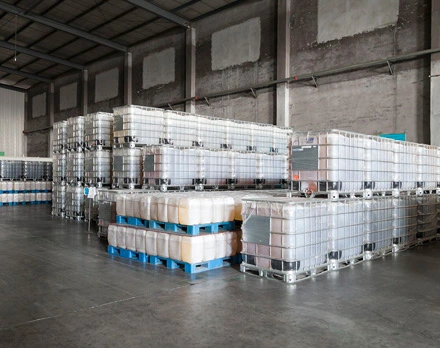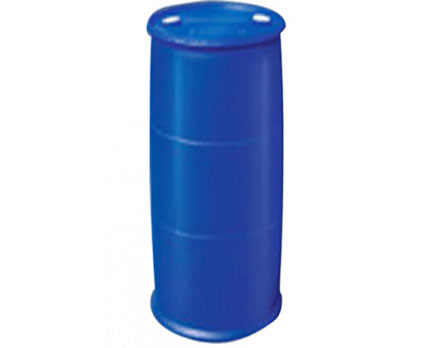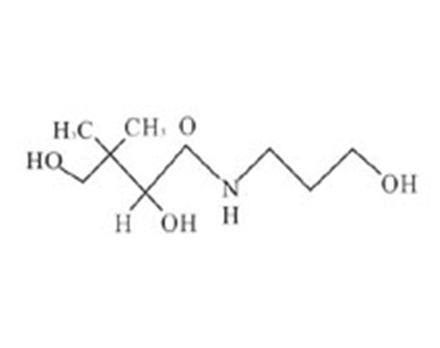Safety of Maltitol and Its Application in Food
1. The safety of maltitol
Regarding the toxicology of maltitol and hydrogenated starch hydrolyzate, animal experiments on acute toxicity, chronic toxicity, carcinogenic activity, mutagenic activity and teratogenic toxicity have been carried out, and their food safety has been confirmed.
In 1985, the FAO/WHO Joint Expert Committee on Food Additives decided not to stipulate their maximum allowable daily feed intake ADI value, and the appropriate additional amount of maltitol could be determined according to various actual needs.
The diarrhoea-causing threshold of maltitol and oxidized starch hydrolyzate is larger than that of sorbitol. For maltitol, daily intake of 100g per person will not cause gastrointestinal discomfort.
For hydrogenated starch hydrolyzate (Lycasin), it is safe for adult men, adult women and children to take 180g, 100g and 60g per person per day respectively.
2. Application of maltitol in food
China, the United States, Canada, Germany and Spain and many European countries such as France, Switzerland, Belgium, Denmark, Finland, Norway, the United Kingdom, Sweden and Japan have approved the application of maltitol and hydrogenated starch hydrolyzate in food.
As functional sweeteners, maltitol and hydrogenated starch hydrolyzate can be used in foods such as candy, chewing gum, chocolate, jam, jelly and ice cream.
When making chocolate from maltitol crystals, only minor changes to the traditional production process are required. The temperature in the coarse grinding, mixing, fine grinding, refining and tempering cylinders should not exceed 46°C.
Because the temperature rise will rapidly increase the viscosity and deteriorate the texture of the product, and the degree of deterioration will increase with the increase of moisture, so extra care should be taken to avoid moisture.
The tempering temperature of cocoa chocolate made with maltitol should not exceed 31°C, and the temperature of cream chocolate should not exceed 28°C.
Crystalline or liquid maltitol and hydrolyzate of hydrogenated cinnamon can be used to make hard candy, and the products have good quality such as glassy appearance, sweetness and taste.
Since there is no reducing group in the maltitol molecule, Maillard browning will not occur, so the color is stable during the sugar boiling process.
Liquid maltitol and hydrogenated starch hydrolyzate contain more maltotriitol and other higher sugar alcohols, so the hygroscopicity of the prepared candy is small.
And it is highly resistant to possible crystallization, but it still needs to be packaged with good waterproof wrapping paper to prolong the shelf life of the product.
Toffees and marshmallows made from liquid or maltitol crystals and oxidized starch hydrolysates are of good quality and do not require the addition of strong sweeteners.
During the manufacturing process, the boiling temperature must be increased to 135°C-140°C (120°C-124°C for sucrose), but the molding temperature must be lower, generally 30°C-35°C. Maltitol is also used in gum arabic, gelatin, chewing gum and bubble gum.
Maltitol has strong resistance to microorganisms, and the jam and jelly products made of maltitol have a long shelf life and good quality. In addition, it can also be used in the manufacture of ice cream and soft drinks instead of sucrose.
-
Inulin
-
Polydextrose
-
Resistant Dextrin
- Trehalose
- Resistant Dextrin(Soluble Corn Fiber)
- Resistant Dextrin(Soluble Corn Fiber)(Powder)
- Resistant Dextrin(Soluble Tapioca Fiber)(Powder)
- Resistant Dextrin(Soluble Tapioca Fiber)(Liquid)
- Resistant Maltodextrin Powder
- Resistant Maltodextrin Powder (Liquid)
- Organic Resistant Dextrin Powder (Corn Type) 70%
- Organic Resistant Dextrin Powder (Corn Type) 90%
- Organic Resistant Dextrin Powder (Tapioca Type) 70%
- Organic Resistant Dextrin Powder (Tapioca Type) 90%
- Organic Resistant Dextrin Syrup (Corn Type) 70%
- Organic Resistant Dextrin Syrup (Corn Type) 90%
- Organic Resistant Dextrin Syrup (Tapioca Type) 70%
- Organic Resistant Dextrin Syrup (Tapioca Type) 90%
- Organic Resistant Maltodextrin Powder (Corn Type) 70%
- Organic Resistant Maltodextrin Powder (Tapioca Type) 70%
- Organic Resistant Maltodextrin Syrup (Corn Type) 70%
- Organic Resistant Maltodextrin Syrup (Tapioca Type) 70%
- Organic Soluble Corn Fiber Powder 70%
- Organic Soluble Corn Fiber Powder 90%
- Organic Soluble Corn Fiber Syrup 70%
- Organic Soluble Corn Fiber Syrup 90%
- Organic Soluble Tapioca Fiber Powder 70%
- Organic Soluble Tapioca Fiber Powder 90%
- Organic Soluble Tapioca Fiber Syrup 70%
- Organic Soluble Tapioca Fiber Syrup 90%
- Resistant Dextrin Powder (Corn Type) 70%
- Resistant Dextrin Powder (Corn Type) 90%
- Resistant Dextrin Powder (Tapioca Type) 70%
- Resistant Dextrin Powder (Tapioca Type) 90%
- Resistant Dextrin Syrup (Corn Type) 70%
- Resistant Dextrin Syrup (Corn Type) 90%
- Resistant Dextrin Syrup (Tapioca Type) 70%
- Resistant Dextrin Syrup (Tapioca Type) 90%
- Resistant Maltodextrin Powder (Corn Type) 90%
- Resistant Maltodextrin Powder (Tapioca Type) 90%
- Resistant Maltodextrin Syrup (Corn Type) 90%
- Resistant Maltodextrin Syrup (Tapioca Type) 90%
- Soluble Corn Fiber Powder 70%
- Soluble Corn Fiber Powder 90%
- Soluble Corn Fiber Syrup 70%
- Soluble Corn Fiber Syrup 90%
- Soluble Tapioca Fiber Powder 70%
- Soluble Tapioca Fiber Powder 90%
- Soluble Tapioca Fiber Syrup 70%
- Soluble Tapioca Fiber Syrup 90%
-
Dioscorea Opposita Dietary Fiber
-
Wheat Dietary Fiber
-
Oat Dietary Fiber
-
Polydextrose Powder (Conventional Type)
-
Polydextrose Powder (Special Type)
-
Polydextrose Powder (Sugar Free Type)
-
Polydextrose Powder (Type II)
-
Polydextrose Powder (Type III)
-
Polydextrose Syrup (Conventional Type)
-
Polydextrose Syrup (Refined Type)
-
Polydextrose Syrup (Special Type)
-
Polydextrose Syrup (Standard Type)
-
Polydextrose Syrup (Sugar Free Type)
- Fructo Oligosaccharide
-
Malt Oligosaccharide
- Isomalto-oligosaccharide 900 Powder
- Isomalto-oligosaccharide 900 Powder(Corn)
- Isomalto-oligosaccharide 900 Powder(Tapioca)
- Isomalto-oligosaccharide 900 Syrup
- Isomalto-oligosaccharide 900 Syrup(Tapioca)
- Isomalto-oligosaccharide 900 Liquid (Corn)
- Isomalto-oligosaccharide 900 Liquid (DP3)
- Isomalto-oligosaccharide 900 Liquid (Tapioca)
- Isomalto-oligosaccharide 900 Powder (Corn)
- Isomalto-oligosaccharide 900 Powder (DP3)
- Isomalto-oligosaccharide 900 Powder (Tapioca)
- Organic Isomalto-oligosaccharide 900 Liquid (Corn)
- Organic Isomalto-oligosaccharide 900 Liquid (DP3)
- Organic Isomalto-oligosaccharide 900 Liquid (Tapioca)
- Organic Isomalto-oligosaccharide 900 Powder (Corn)
- Organic Isomalto-oligosaccharide 900 Powder (DP3)
- Organic Isomalto-oligosaccharide 900 Powder (Tapioca)
- Xylo-oligosaccharide
- Galacto-oligosaccharide
-
Mannan Oligosaccharide
-
Isomaltulose Powder
-
Saigao Stachyose






